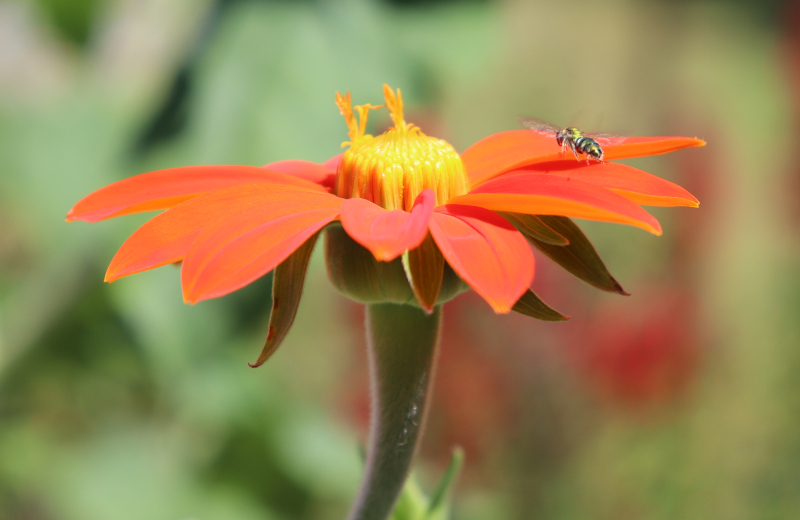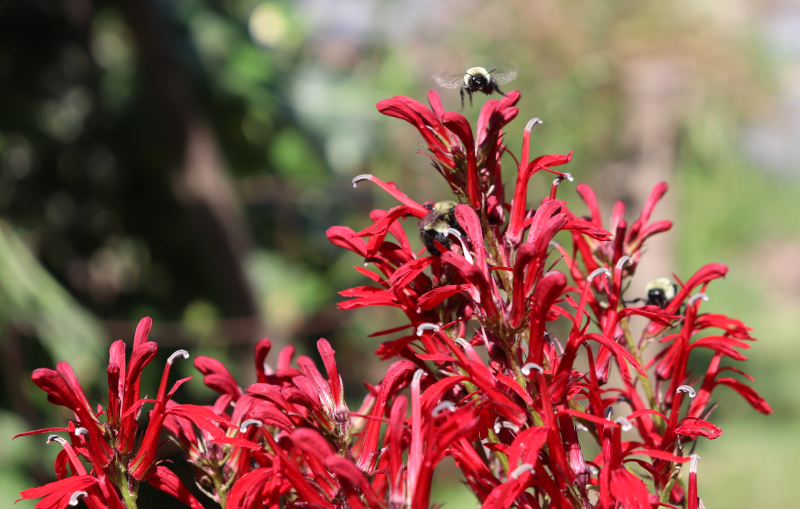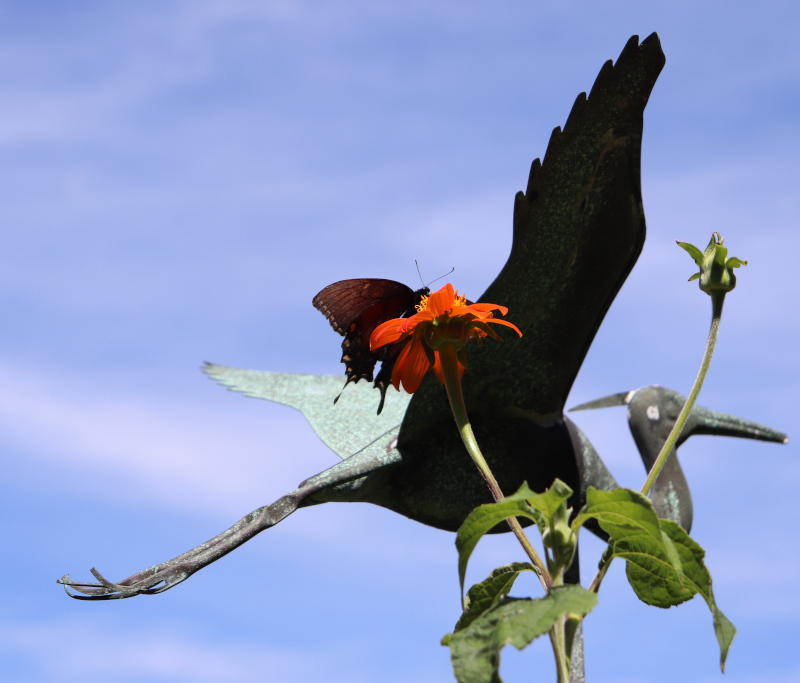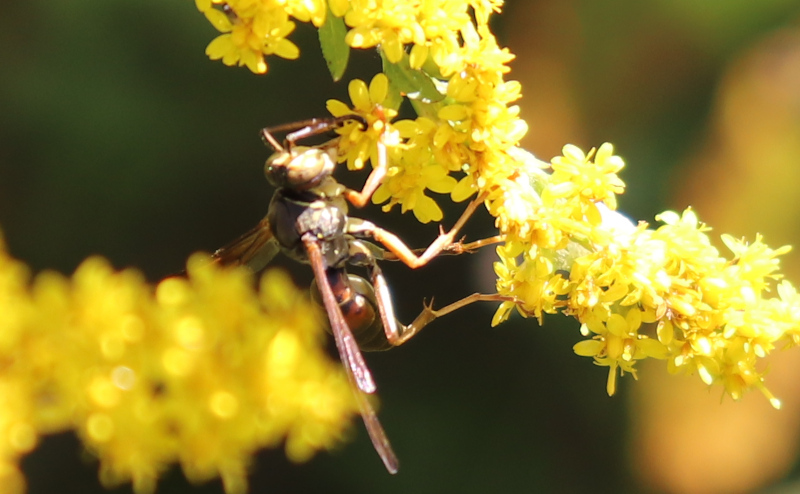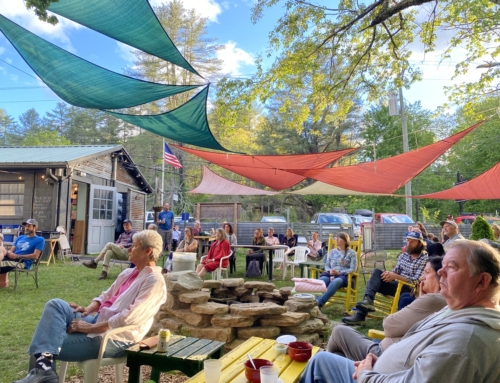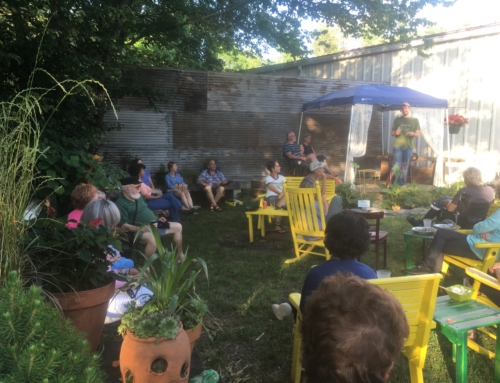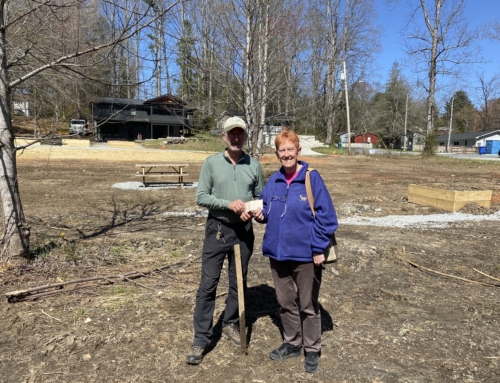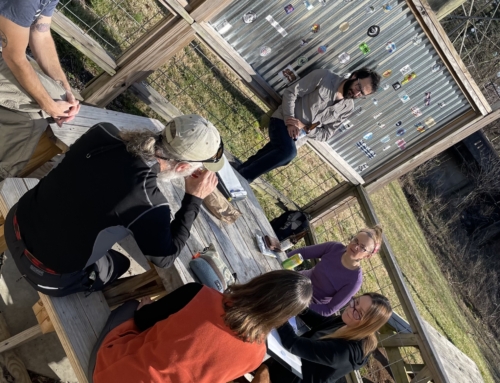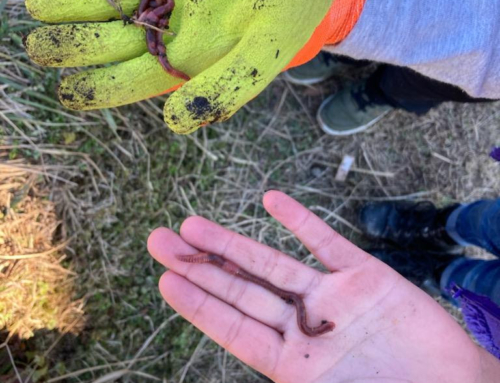Many of us in T County and across N. America, have noticed this. Habitat loss, we all said, and chemicals. Too true! From Science Daily.com, 2 September ’20. Talk with your neighbors …
Food-web threats from common insecticides
- North Carolina State University: Researchers have argued for curbing the use of neonicotinoid insecticides.
In light of emerging evidence showing how a commonly used class of insecticides can spread through the environment to pollinators, predators and other insects they are not intended to kill, researchers are warning about the potential for widespread environmental contamination.
In an opinion in the journal Proceedings of the National Academy of Sciences, researchers from North Carolina State University and Pennsylvania State University argued for curbing the use of neonicotinoid insecticides by discontinuing the practice of applying them preventively on crop seeds, since the practice is in wide use in the United States and has been found in one study to benefit a small fraction of crop fields. They argue that reducing this and other common preventive practices could reduce cascading effects on the environment from insecticides whose risks have not been fully characterized.
“Since the research has focused on transmission of the insecticide from a plant to a particular pest to a predator of the pest, it’s ignored the hundreds of other herbivores that are also on that plant, and also transmission of that material to their predators. That’s where the food web concerns come in that we’re interested in,” said Steven Frank, co-author of the opinion and a professor in NC State’s Department of Entomology and Plant Pathology.
Since their introduction in the early 1990s, neonicotinoids have become the most widely used insecticides in the world, researchers said. In 2014, these products represented 25 percent of the global pesticide market, other scientists have reported. The authors also said they are among the most toxic insecticides to insects ever developed.
These insecticides are used in crops, lawns and landscapes, livestock production and even in pet flea and tick products. They are also used in lawns, commercial landscapes and to protect trees. For example, neonicotinoids were used to treat 200,000 hemlock trees in Great Smoky Mountains National Park. (see more on line, as above).
Read the labels, if you are doing chemicals for ‘pests’ in nature. Plant more natives that withstand bugs better and feed pollinators.

